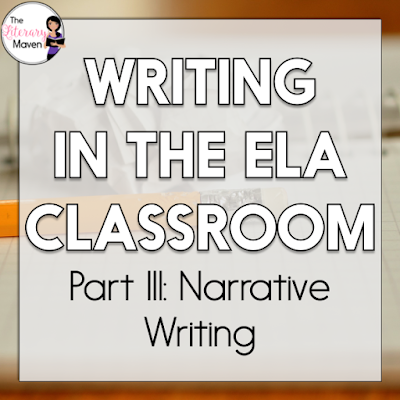Basic plot from Amazon: By the author of the #1 New York Times bestseller The Book Thief, this is a cryptic journey filled with laughter, fists, and love.
Ed Kennedy is an underage cabdriver without much of a future. He's pathetic at playing cards, hopelessly in love with his best friend, Audrey, and utterly devoted to his coffee-drinking dog, the Doorman. His life is one of peaceful routine and incompetence until he inadvertently stops a bank robbery.
That's when the first ace arrives in the mail. That's when Ed becomes the messenger. Chosen to care, he makes his way through town helping and hurting (when necessary) until only one question remains: Who's behind Ed's mission?
Why I liked it: I like books that make me feel good about humanity and this was one of them. The main character feels compelled to help others, no matter what the cost. After Ed helps to apprehend a bank robber, he begins to receive messages about helping other people and eventually himself. He is still a taxi driver with a stinky dog who spends most of his time with his friends: Richie, who has little to no motivation, Mark, who is obsessed with money and has a child out of wedlock he has never met, and Aubrey, who has a string of failed relationships, but now Ed has a greater purpose. He sits with old woman still pining for her first love, delivers people to a poorly attended church, and unites two teenage brothers. Though I found the ending a bit unclear as to who was sending Ed these messages and why, it didn't take much away from the feel goodness of the rest of the novel.
Classroom application: I would add this to my high school classroom library. The novel could also be used as a choice in literature circles around the theme of coming of age or tests/challenges.
I can also see this novel as a lead in to a "random acts of kindness activity." Ask your students to brainstorm the struggles and/or sadness they see in others' lives and ways they could make that person's life happier or better. Have each student choose one person to do a "not-so-random act of kindness" for and then write about the experience.
Ed Kennedy is an underage cabdriver without much of a future. He's pathetic at playing cards, hopelessly in love with his best friend, Audrey, and utterly devoted to his coffee-drinking dog, the Doorman. His life is one of peaceful routine and incompetence until he inadvertently stops a bank robbery.
That's when the first ace arrives in the mail. That's when Ed becomes the messenger. Chosen to care, he makes his way through town helping and hurting (when necessary) until only one question remains: Who's behind Ed's mission?
Why I liked it: I like books that make me feel good about humanity and this was one of them. The main character feels compelled to help others, no matter what the cost. After Ed helps to apprehend a bank robber, he begins to receive messages about helping other people and eventually himself. He is still a taxi driver with a stinky dog who spends most of his time with his friends: Richie, who has little to no motivation, Mark, who is obsessed with money and has a child out of wedlock he has never met, and Aubrey, who has a string of failed relationships, but now Ed has a greater purpose. He sits with old woman still pining for her first love, delivers people to a poorly attended church, and unites two teenage brothers. Though I found the ending a bit unclear as to who was sending Ed these messages and why, it didn't take much away from the feel goodness of the rest of the novel.
Classroom application: I would add this to my high school classroom library. The novel could also be used as a choice in literature circles around the theme of coming of age or tests/challenges.
I can also see this novel as a lead in to a "random acts of kindness activity." Ask your students to brainstorm the struggles and/or sadness they see in others' lives and ways they could make that person's life happier or better. Have each student choose one person to do a "not-so-random act of kindness" for and then write about the experience.
If you are interested in purchasing a copy of I Am the Messenger for yourself, you can find it on Amazon here.
Note: The Literary Maven is a participant in the Amazon Services LLC Associates Program, an affiliate advertising program designed to provide a means for sites to earn advertising fees by advertising and linking to amazon.com.










